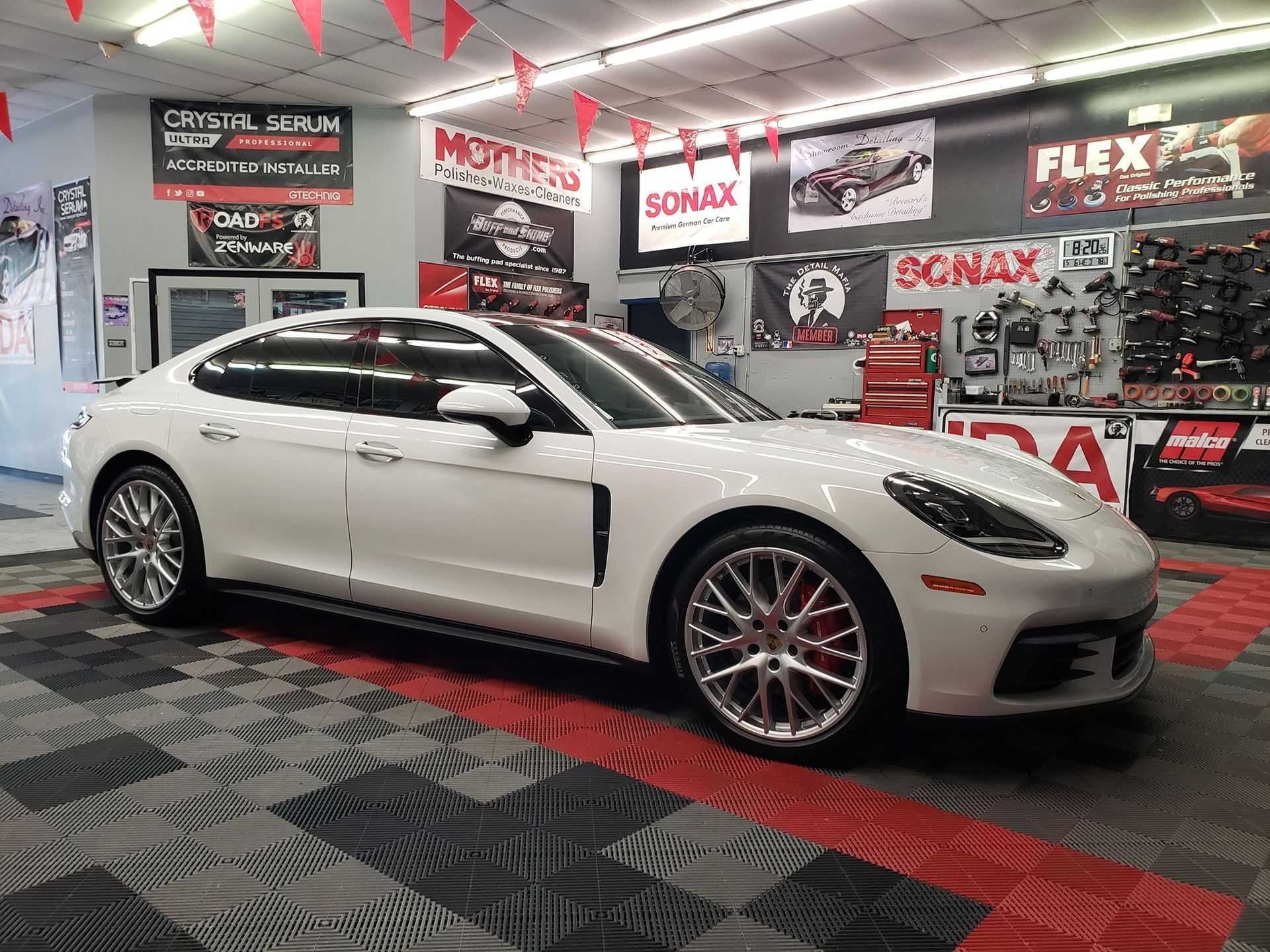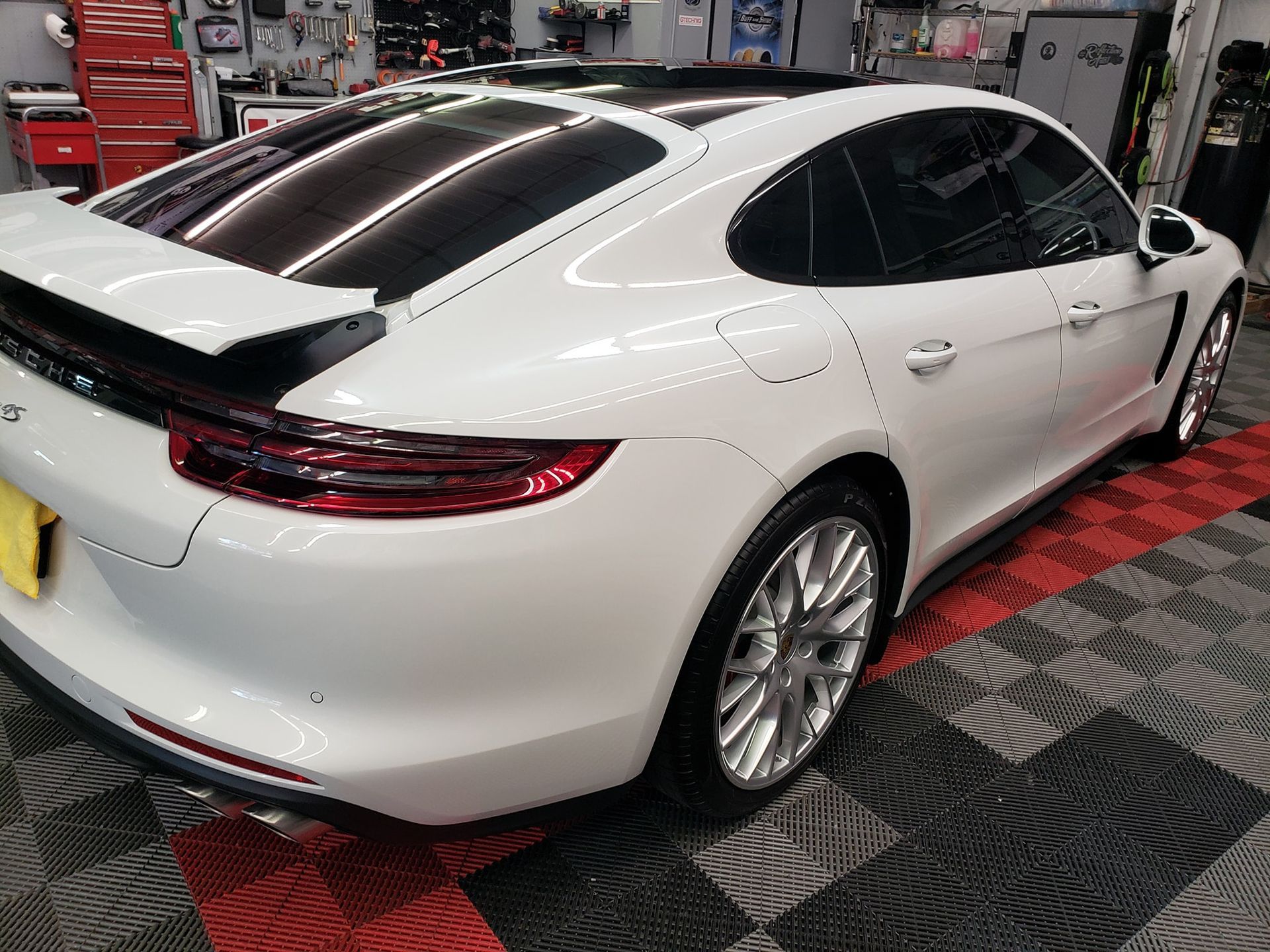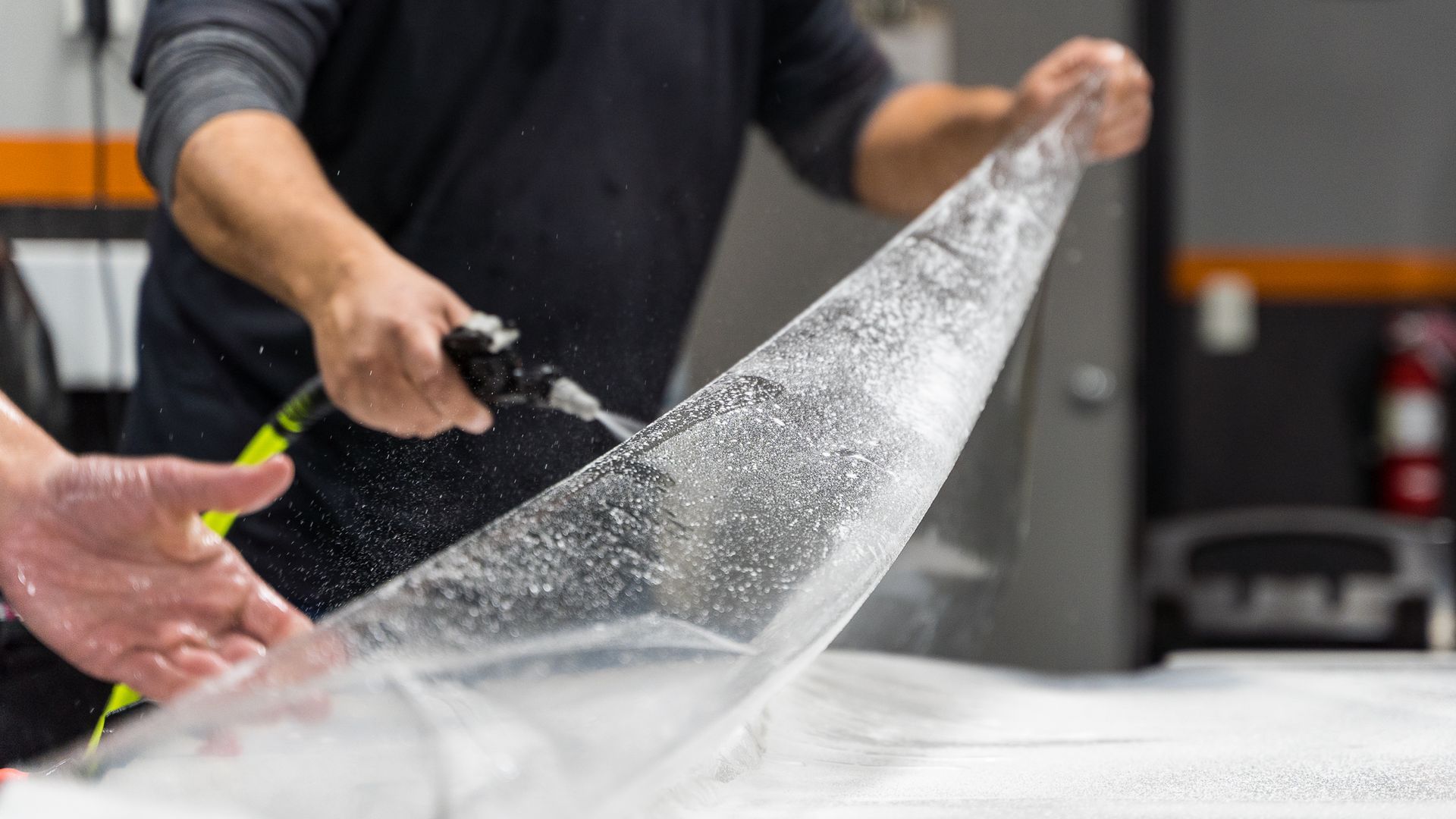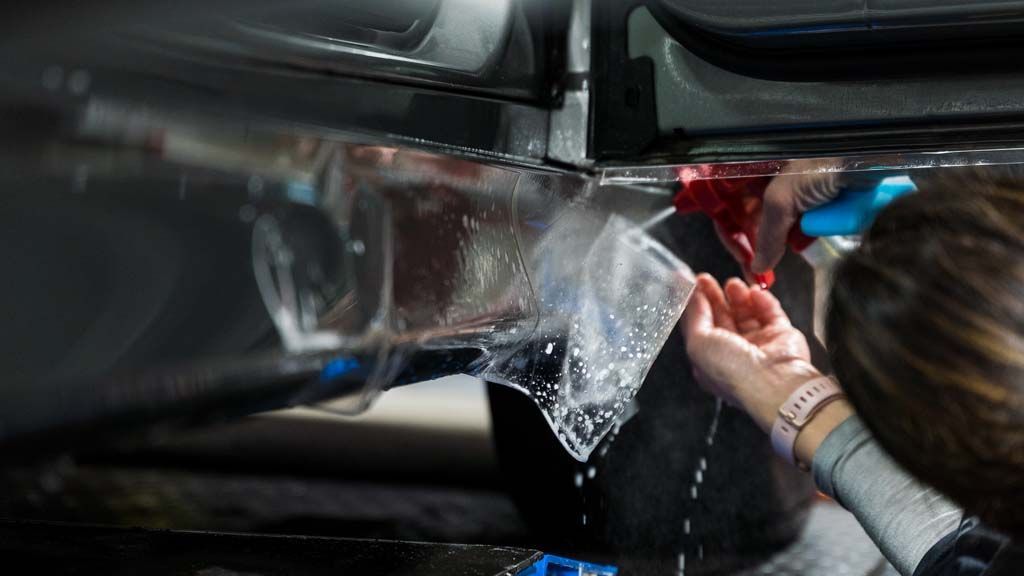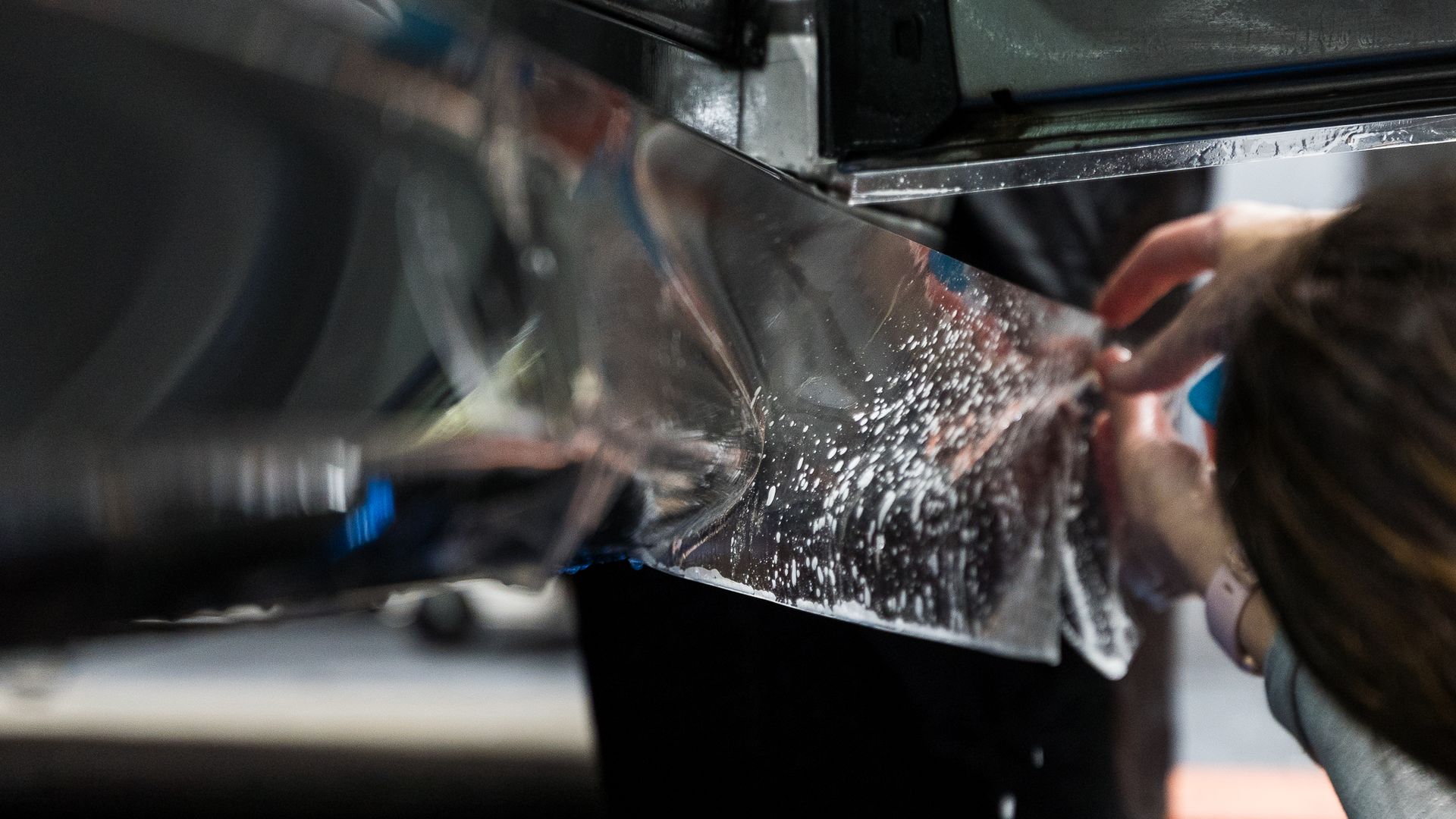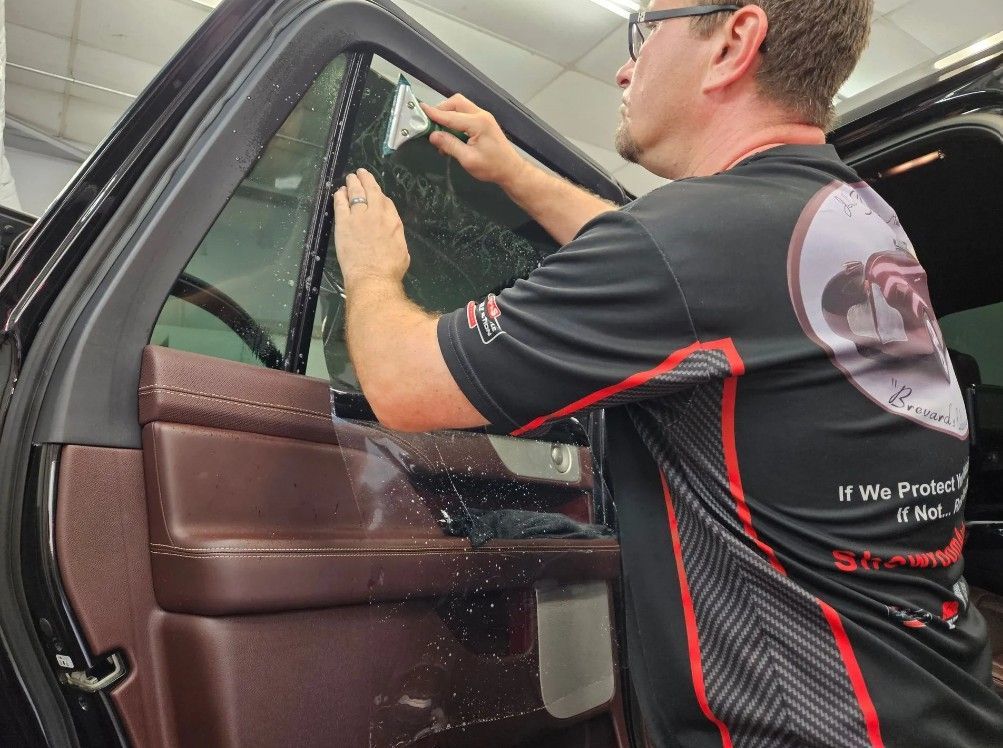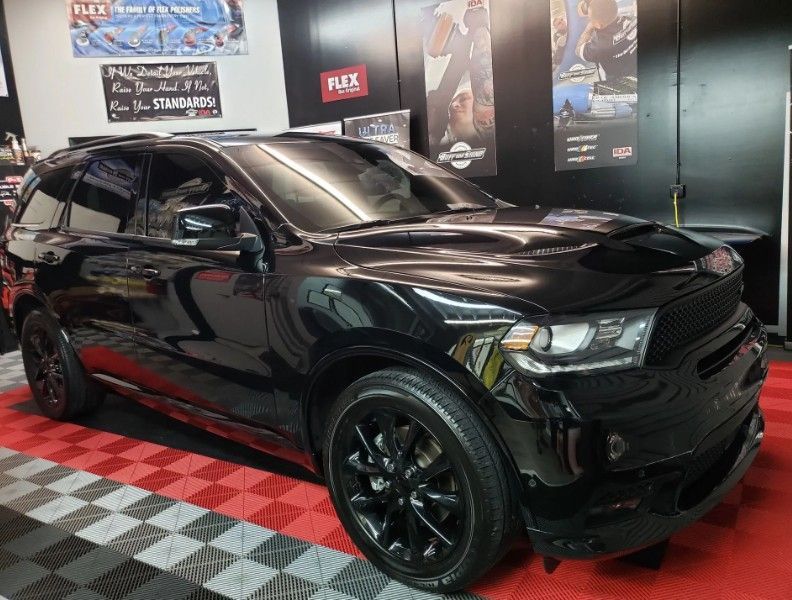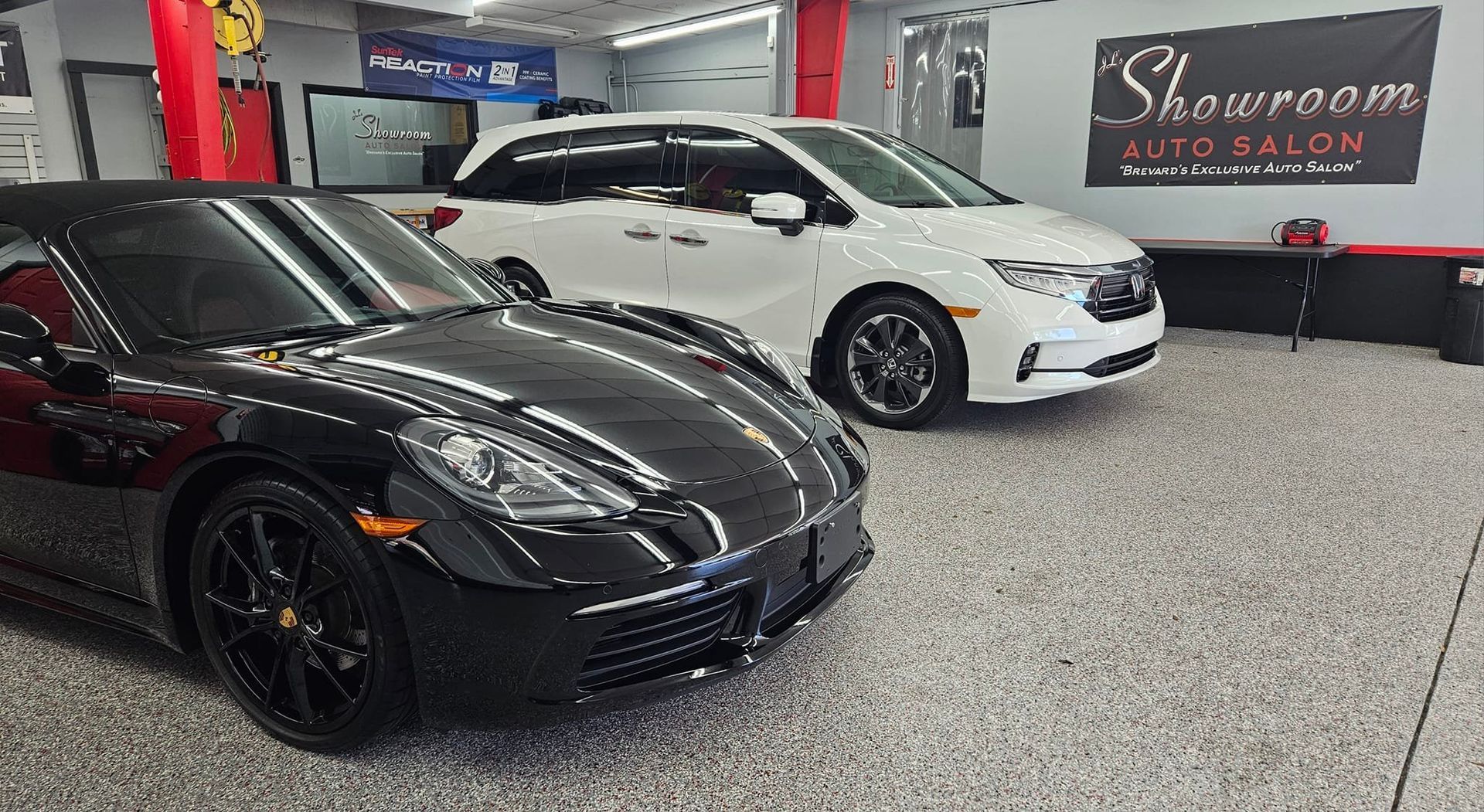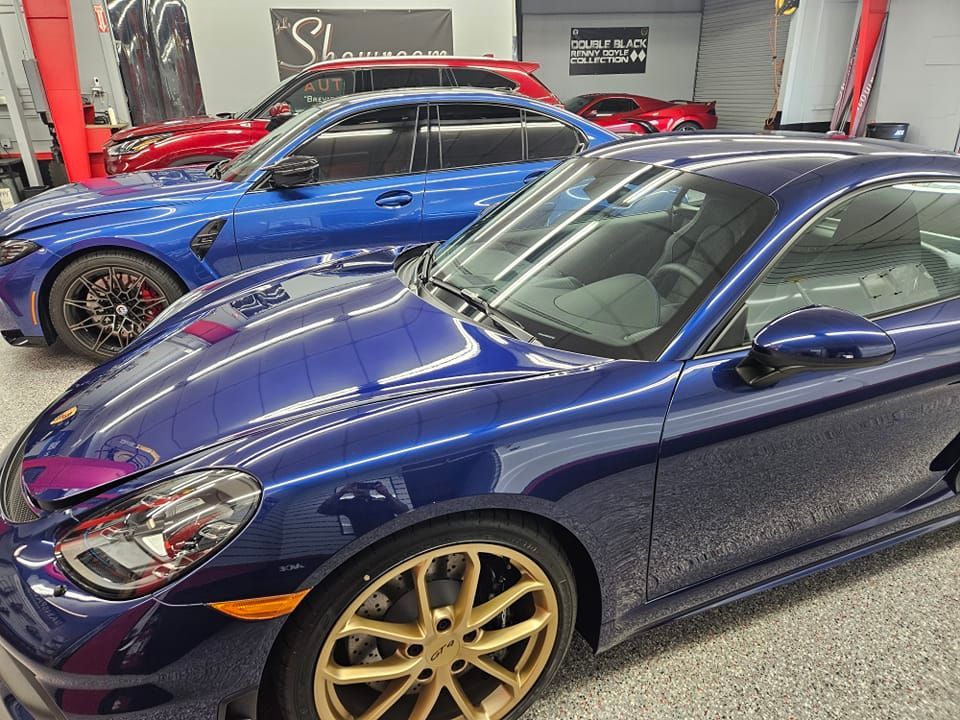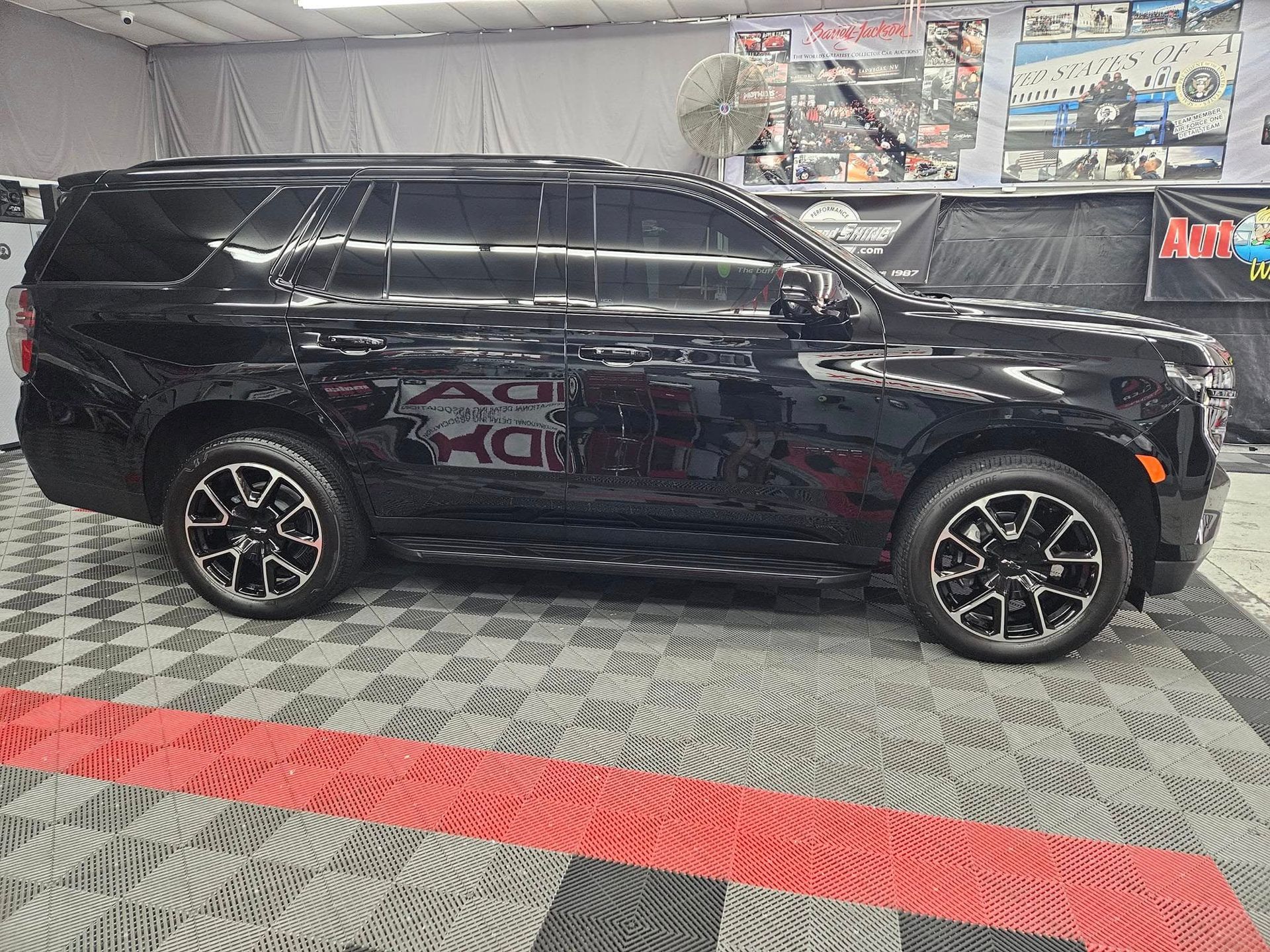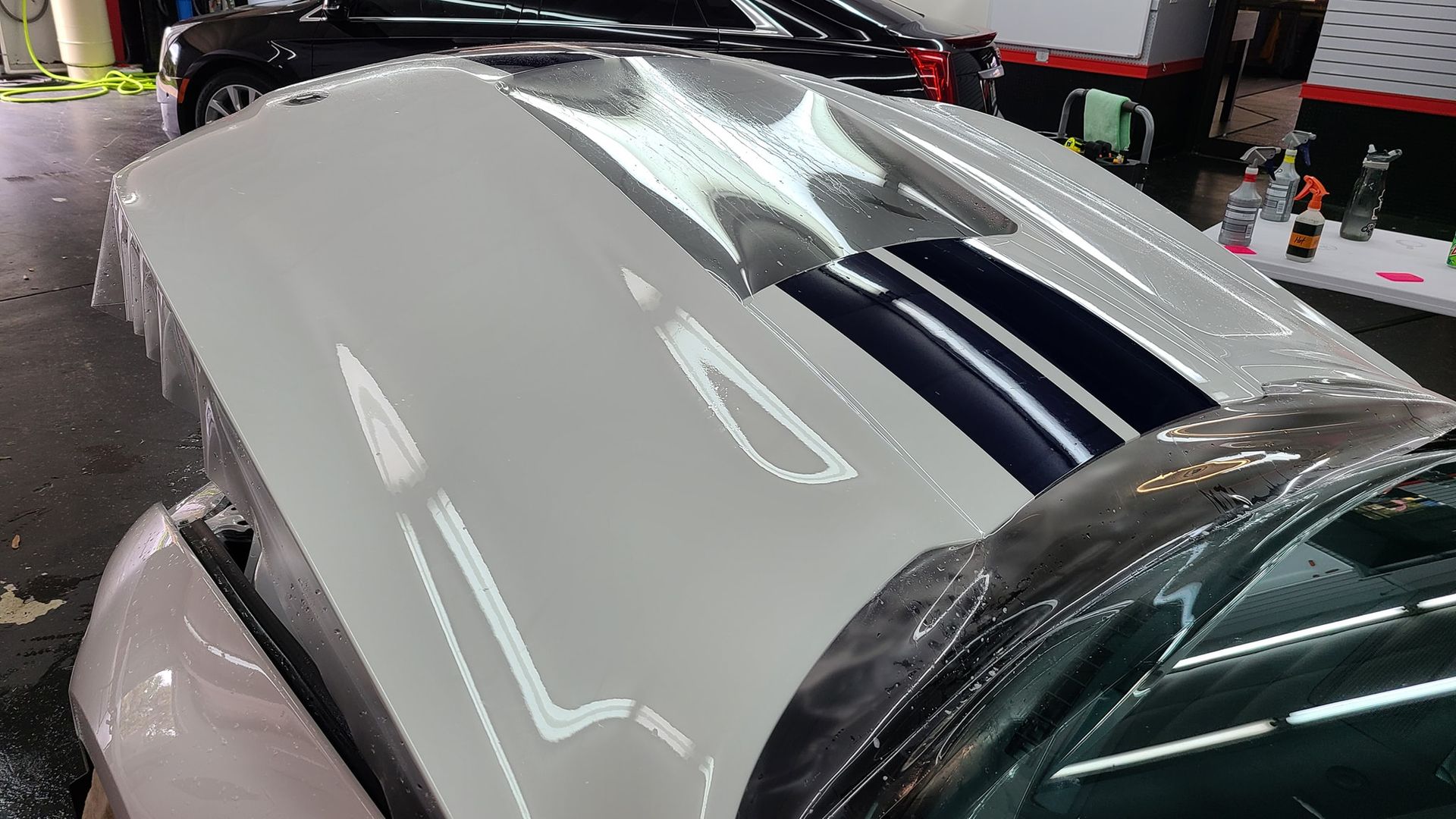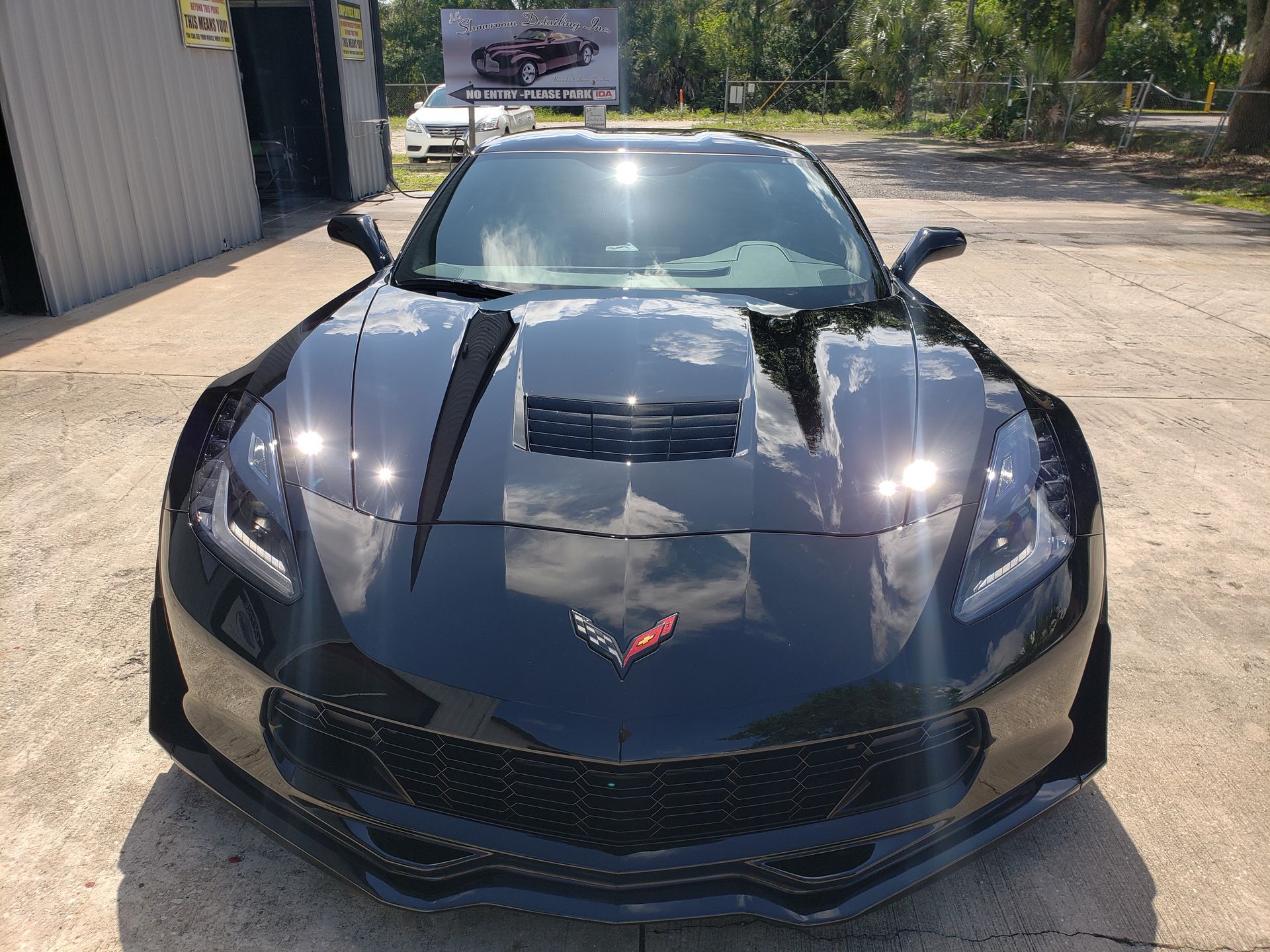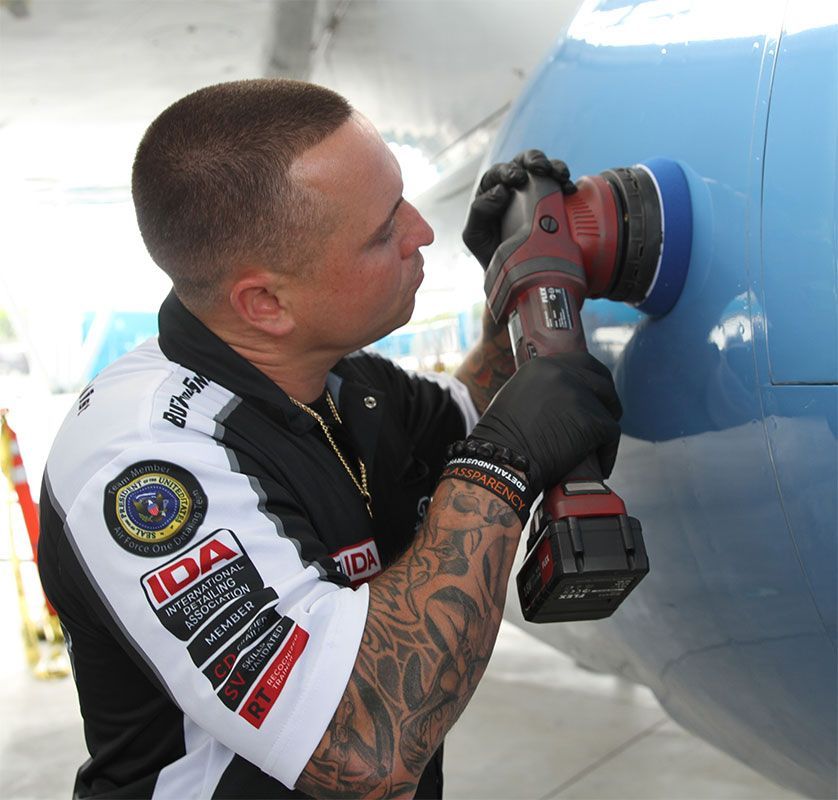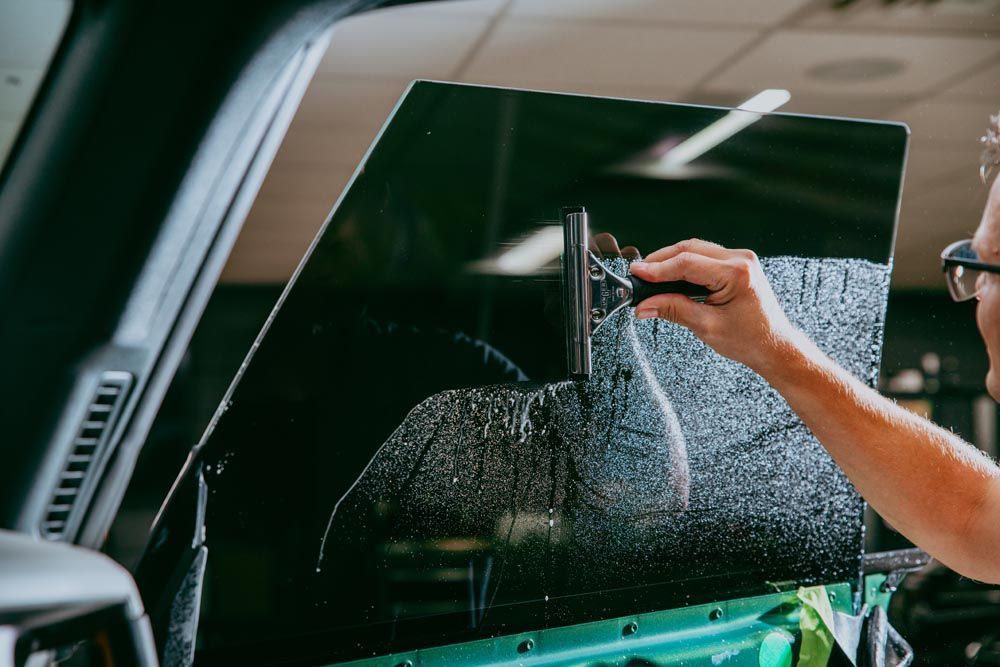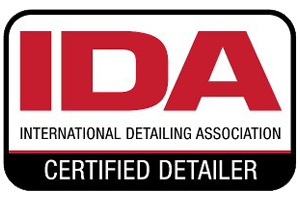PPF: Is It Only For High-End Cars, or Can It Benefit All Vehicles?
When it comes to protecting your car, many people think that fancy-sounding products are only for the luxury models. However, if you own a vehicle—be it budget-friendly or high-end—you might be overlooking an important way to keep it looking its best. Paint Protection Film (PPF) is not just for high-priced automobiles; it’s a smart solution for every driver who wants to shield their ride from scratches, chips, and all the wear and tear of daily life. Imagine cruising down the road without worrying about that stray pebble or bug splatter ruining your car's paint. By investing in PPF, you're not just keeping your car pretty; you're also working to maintain its value over time. So, let's dive deeper into what PPF is and how it can be a game-changer for any type of vehicle owner!
No, Paint Protection Film (PPF) is not only for high-end cars; it is beneficial for all vehicles regardless of their market segment. PPF protects against scratches, chips, and environmental damage, making it a valuable investment for any car owner who wants to maintain the appearance and resale value of their vehicle.
What is Paint Protection Film (PPF)?
Paint Protection Film, or PPF, is essentially a transparent layer of thermoplastic urethane, which serves as a shield for your vehicle's exterior surfaces. Initially developed for military purposes—most notably to protect helicopter blades and sensitive equipment from debris—it has since made its way into the consumer realm. Today, it's a valuable asset for any vehicle owner who wants to maintain their car's aesthetics over time.
The protective qualities of PPF are quite impressive. This film acts as a barrier against various forms of damage, including stone chips, minor abrasions, bug splatters, and even environmental threats like UV rays and acid rain. Imagine this: you're driving along a busy road when suddenly, you encounter loose gravel. Without PPF on your front bumper, those small pebbles would likely create unsightly chips in your car's paintwork. Conversely, with PPF in place, the film absorbs the impact while keeping the original paint job beautifully intact.
In essence, PPF addresses everyday challenges that could otherwise lead to costly repairs or diminished resale value down the line. Applying PPF goes beyond merely enhancing your vehicle’s appearance—it also prolongs its life. The film's thickness typically ranges from 6 to 8 mils (0.006 to 0.008 inches), sufficient to reduce the risk of paint damage by up to an astounding 99% in high-impact areas. This means your vehicle is not only well protected but also looks almost brand new after years of use.
For those who frequently drive in challenging conditions—whether it’s urban streets littered with debris or rural roads peppered with dirt—investing in PPF can be especially worthwhile. The film can last between 5 to 10 years with proper care, further emphasizing its role as a long-term solution for vehicle maintenance. Given these advantages, it’s apparent that this protective layer is beneficial and accessible for various types of vehicles on the road today. With that understanding in mind, let's now explore how these benefits translate specifically for all types of cars.
Benefits of PPF for All Cars
One of the most significant advantages of PPF is that it protects vehicles from various environmental elements. For instance, the looming threat of harmful UV rays can be more than just an aesthetic concern; these rays can cause paint to fade over time, drastically diminishing a car's visual appeal. PPF acts as a robust barrier, blocking up to 99% of these rays and preserving the vibrant colors of your vehicle.
Moreover, it's resistant to everyday nuisances like bird droppings and tree sap—substances notorious for their damaging effects on car paint. Regular washing may remove those pesky substances, but only if you act swiftly; otherwise, they can lead to permanent damage. The protective qualities of PPF give owners peace of mind, knowing that their car is safeguarded against such threats. As we explore deeper, the practical benefits of PPF become even more evident. Beyond surface-level protection, studies show that vehicles equipped with PPF enjoy enhanced longevity.
This is particularly true when it comes to maintaining resale value. A vehicle's exterior condition plays a crucial role in its resale price; after all, potential buyers are often willing to pay significantly more for a well-maintained appearance. Findings from Kelley Blue Book reveal that cars with pristine exteriors can fetch up to 15% more than those showing visible signs of wear and tear. This means that investing in PPF isn't merely about keeping your car looking new; it's a strategy for financial prudence as well.
Consider a family SUV that often ventures out for road trips. It faces a barrage of dust, gravel, and insect splatters on these journeys—all under constant exposure. Over time, this unrelenting assault can lead to noticeable paint degradation. However, with PPF applied, the SUV retains that factory-fresh appearance much longer. Maintaining such an aesthetic doesn't just benefit the owner’s pride; it ensures that when it comes time to sell or trade in the vehicle, they’ll stand a better chance at maximizing their return on investment.
Additionally, the self-healing capabilities of modern PPF upgrade the user experience further. Many high-quality versions of PPF can absorb minor scratches and swirl marks thanks to their innovative design, which means that small imperfections typically diminish with heat exposure from sunlight or engine warmth. This impressive feature not only extends the film's aesthetic life but also contributes to lower maintenance needs—an attractive aspect for any busy car owner who may not have time for constant upkeep. It's like having a protective wrap that actively works to keep your vehicle looking pristine day after day.
Lastly, let’s explore how customizable options enhance the applicability of PPF across all types of vehicles. Whether you drive a compact car or a multi-purpose work vehicle, flexibility is one of the defining characteristics of PPF. It can be precisely cut to fit any vehicle type or specific areas needing extra attention. This means you could focus protection on critical parts such as hoods and bumpers while leaving other areas untouched—or opt for full coverage based on personal preferences and budgetary considerations. With such adaptability, there's no denying that anyone can take advantage of what PPF has to offer.
The wide range of benefits indicates that Paint Protection Film is not just reserved for luxury models; it is also an invaluable option for every kind of vehicle owner emphasizing protection and long-term value.
Common Misconceptions About PPF
One prevalent myth is that PPF is only for luxury cars. While it's understandable why people think this, given the visible application on high-end models, the reality is far different. Paint Protection Film provides significant benefits for every car type—not just exotic or luxury vehicles.
For instance, compact cars, family sedans, and even work trucks face the same daily threats to their paint jobs as luxury cars do. Everyday items like shopping carts, road debris, and bird droppings can cause similar damage anywhere. Ignoring this need for protection could lead to costly repairs down the line, making PPF a wise choice for any vehicle owner.
Another myth that's worth addressing concerns the installation of PPF itself. It is often believed that PPF is difficult and expensive to install. While professional installation can come with a hefty price tag, the long-term benefits—like reduced repair costs and prolonging the life of your car's paint—can make it a worthy investment. For many, an upfront cost of installing PPF pales in comparison to potential expenses incurred from repainting or fixing minor scratches and chips over time.
Furthermore, DIY enthusiasts have the option to tackle installation themselves using precision-cut kits available online. This opens up a PPF application for those who prefer a more hands-on approach without necessarily incurring professional fees. Investing in PPF offers practical advantages not limited solely to high-priced automobiles. The common detachment from the idea that PPF is exclusive to luxury brands fails to recognize its universal applicability and utility.
Overcoming these misconceptions about PPF is crucial for any vehicle owner aiming to preserve their car's exterior while enjoying peace of mind regarding its overall condition. By understanding both the true nature of PPF benefits and the realities of installation, average car owners will be better equipped to protect their investments effectively against damage occurring during everyday use. With a clearer understanding of what Paint Protection Film entails, we can now examine how its advantages stack up against the costs involved in installation and maintenance.
Cost vs. Value Analysis
The value of Paint Protection Film (PPF) can be most effectively evaluated by comparing the initial investment against the long-term benefits it brings. At first glance, the up-front costs associated with applying PPF might raise eyebrows, ranging anywhere from approximately $600 to $8,000 depending on factors such as vehicle size and coverage area. However, when you take a step back and consider what’s at stake, it becomes clear that this protective layer may save you a considerable amount over the lifespan of your vehicle.
Initial Investment vs Long-term Savings
Consider this: without PPF, if your car suffers chips or scratches, repainting costs could average between $500 to $2,000 per damage event—not a light expense! Conversely, investing in PPF helps mitigate these costs significantly. Since the film acts like an invisible shield, most minor dings simply won’t affect the underlying paintwork. While initially you may pay for the installation of PPF (which can start around $500), the minimized need for costly repainting makes this shiny new film seem like a bargain after just one incident.
Moreover, another often-overlooked component of value lies in resale potential. A vehicle’s attractiveness is heavily influenced by its physical appearance; thus, even preserving a car’s original paintwork through PPF can enhance its resale value significantly. Vehicles lacking exterior blemishes tend to fetch higher prices—sometimes as much as 10-15% more than those with noticeable paint damage. In simplest terms, investing in PPF isn’t merely about protecting your vehicle; it's about safeguarding your wallet too.
By weighing the expenses of immediate repairs against future savings, it becomes clear that while there’s an investment at first, the return is substantial in both monetary terms and vehicle aesthetics over time. This reality is why many opt to see PPF as a wise choice regardless of their vehicle's market position—high-end or everyday ride alike. It's tangible proof that protection equates to value preservation in more ways than one. As we explore further, it's important to understand how this protective technology applies across a variety of vehicle types and their specific needs.
Applications Across Different Vehicle Types
PPF's versatility makes it suitable for various types of vehicles, creating protective layers that address specific needs based on each vehicle's typical uses. This adaptability means that whether you're driving a compact car, an SUV, or a work truck, there’s a PPF solution tailored just for you.
Compact Cars and Sedans
For smaller vehicles often driven in urban environments, PPF can protect against door dings and minor scrapes. These cars are often parked in tight spaces where door edges from neighboring vehicles pose a real threat. Beyond just aesthetics, avoiding those dings keeps the original paint intact, which is crucial for long-term resale value.
Imagine a scenario: You park your sedan at the grocery store, and before you know it, a door slams against yours. Without PPF, that moment could lead to visible damage. However, with PPF, your car emerges unscathed, maintaining its sleek appearance. Now consider larger vehicles; their demands for protection are even more extensive.
SUVs and Trucks
SUVs and trucks used for off-roading or in construction sites can greatly benefit from the protective qualities of PPF as they are exposed to more aggressive elements. These vehicles face threats from rocks, mud, and other debris that can lead to significant paint damage over time. Applying PPF to areas prone to chips not only preserves the vehicle’s integrity but also reduces the need for frequent touch-ups and repairs. It acts like a shield, absorbing impacts while allowing drivers to engage confidently with rugged terrain.
Furthermore, work vehicles like delivery vans benefit from maintaining a professional appearance over time, enhancing the business's image. When clients see a well-maintained vehicle with a spotless exterior protected by high-quality film, it reflects positively on the brand—conveying trustworthiness and professionalism. After all, first impressions last; investing in protection not only safeguards the van but strengthens brand identity. The desire for protection spans across all vehicle types as each faces unique challenges on the road. Consequently, understanding how to select appropriate solutions can elevate any vehicle's performance and longevity.
How to Choose the Right PPF for Your Car
Selecting the appropriate Paint Protection Film (PPF) for your vehicle is a crucial decision that can greatly affect its performance and durability. It’s important to consider several key factors before making this investment. The first element to evaluate is material quality. High-quality urethane films generally survive the test of time better; they resist environmental damage more effectively than cheaper alternatives.
Think of it this way: investing in high-grade film today might save you from costly paint repairs down the road. Once you've settled on material quality, another crucial consideration is thickness. The thickness of the film correlates directly with the level of protection it provides. Thicker films offer enhanced protection against scratches and rock chips but also come with a caveat—they can be more challenging to install.
Imagine trying to place a thicker piece of plastic wrap over a bowl; it's far easier with something thin and flexible. Thus, bear in mind your skill level for installation when selecting between options. Following thickness, it's wise to pay attention to UV protection. UV rays can wreak havoc on any vehicle's exterior paint, leading to fading and deterioration over time. Some PPF products are designed with UV inhibitors that actively prevent yellowing and cracking caused by sunlight exposure. This feature becomes particularly valuable if you live in sunnier regions or park outside often.
Investing in a film with built-in UV protection can preserve your car's aesthetic appeal much longer than those without it. Speaking of longevity, let’s discuss warranties next. A warranty can provide essential peace of mind when committing to a particular type of PPF. You want reassurance that the product you choose stands behind its claims—after all, applying a film is an investment in your vehicle's longevity. Warranties often range from five to ten years, depending on the manufacturer and film type.
Always check what the warranty covers; this will give you insight into the manufacturer’s confidence in their product. Now that you have a sense of materials, thickness, UV protection, and warranties, consider how you plan on installing your PPF. There are essentially two routes: professional installation or do-it-yourself (DIY) applications using pre-cut kits. Professional installation guarantees precision and expertise but comes with an additional cost that some may find prohibitive. On the other hand, opting for DIY may save you money but requires careful planning and some comfort working with PPF materials—to avoid bubbles or misalignments during application.
Consulting experts or reading online reviews can lend further clarity to your decision-making process. When potential users share their experiences regarding various films and brands, it helps you make a more informed choice tailored specifically for your needs and vehicle type. Choosing the right PPF is less about opting for what's popular or expensive and more about ensuring it aligns well with your specific circumstances to maintain the integrity of your investment over time.
Superior PPF Services in Melbourne, FL
At JL’s Showroom Auto Salon in Melbourne, FL, our paint protection film (PPF) services are tailored to keep your vehicle looking flawless while defending it from everyday wear. Our high-quality PPF provides a nearly invisible barrier against rock chips, scratches, and road debris, ensuring your car’s paint remains impeccable for years. Whether you drive a sleek sports car or a trusted daily ride, our experienced team ensures precision installation and lasting results. Preserve your vehicle’s beauty and value with JL’s Showroom Auto Salon—book your PPF service today and enjoy peace of mind on every drive!
